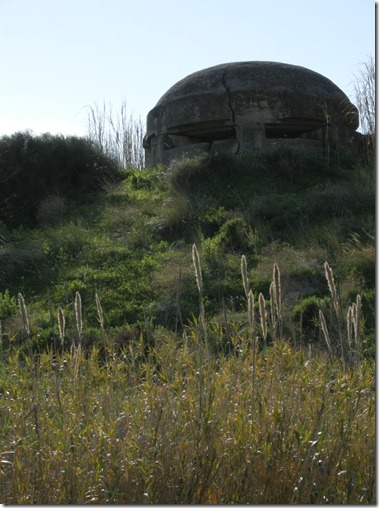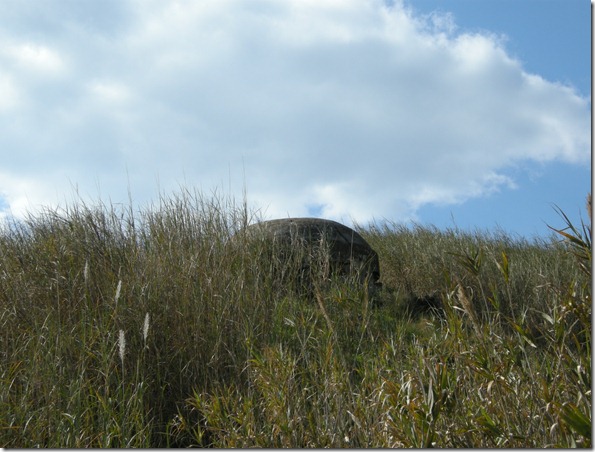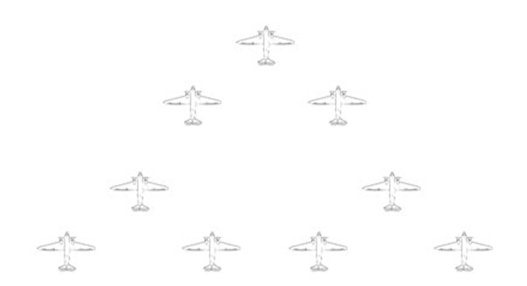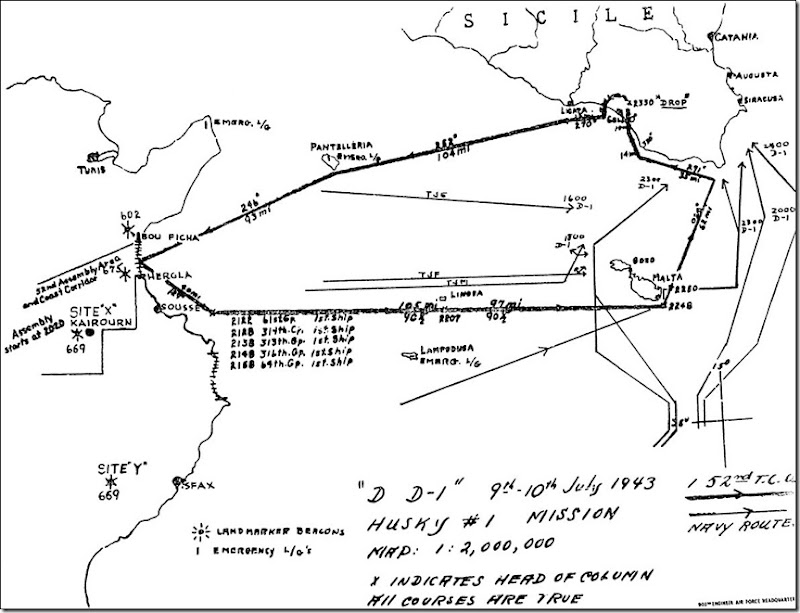The date of today’s post is Veteran’s Day here in the United States – November 11, 2010 . I want to take this opportunity and thank all of our veterans, past and present for their sacrifices made for our freedom and to keep our country safe from harm.
The Jump
The 40 mile an hour winds recorded by the C-47 crews over the Mediterranean Sea persisted over the Sicilian coastline and the Drop Zone (DZ) at the jump altitude of 400 feet. During training, the jumps were canceled if the wind exceeded 15 miles an hour because of a much higher likelihood of injury in stronger winds.
Only a few of the seasoned paratroopers had ever jumped in winds above 25 miles an hour. Despite these impossible conditions, when the jump light indicator changed from RED to GREEN, the order to stand up and hook up was given. Bill shuffled toward the rear of the aircraft burdened by his heavy load. His feet followed the heals of the man in front until no more floor was left. The howling dark wind was punctuated by beautiful terrifying flashes of light from thundering munitions. Whipping ropes of anti-aircraft tracers streamed up from the ground, occasionally exploding nearby and rocking the aircraft. Taking a deep breath of the suicidal gale, and with a hefty measure of faith, Bill hurled himself out of the door.
Bill had a terrifying experience on this, his first combat jump. From the reports of C-47 pilots and his own recollections, we gain an insight into the conditions facing the men in the Headquarters Company serial. At 400 feet when Bill left the relative safety of his aircraft, he could hear the explosions, the ack-ack of anti-aircraft fire, the sirens wailing, the burps of German MG 42 machine guns, and the pops and cracks from small arms fire. Perhaps, he heard the wind blown voices of the enemy below.
He had almost certainly never jumped in such high winds before, and due to the wind, he couldn’t have been sure from which direction the sounds emanated. Were they directly below him? Or were they off to the left? Maybe the right? Perhaps they were behind him? He probably could see the flames of Gela burning to the north west, circled by the tracer fire from the anti-aircraft batteries that surrounded the city. Other fires could likely be seen burning far off and much closer to him. His long distance vision would have been obscured by the haze from the pre-invasion Allied air attack. He probably smelled the cordite from explosions, and the wood and oil smoke from the fires. In the poorly lit conditions, he was unsure of the terrain. His eyes strained while his hands vainly pulled on his risers hopefully heading for a favorable patch of dirt.
The ground was especially rocky on Sicily and jumping at a low altitude of 400 feet many troopers were injured with broken legs, ankles, bad sprains, and so on. Bill was among these men. He landed hard, badly jarring his knees. Full of adrenalin he said he didn’t even notice the pain in his knees until later. Bill would suffer the pain until he had a chance to visit an aid station later in the invasion possibly in the early morning of July 10th.
The Post Jump Firefight
During a visit with Bill in 1996, he told me about his jump into Sicily. He said that after he jumped he hit the ground landing roughly on solid bedrock. Bill felt for his Tommy gun, but it wasn’t there. The jump winds were so strong that they snapped the cord which connected his primary weapon to his jumpsuit and had sent it hurtling away from him. Now his only weapon was the combat bayonet sheathed in his boot. Using his switchblade jump knife, he hurriedly cut though his jump gear and took off his parachute harness. Looking around he found that he was alone.
He did his best to hide his chute in the sparse countryside and took out his compass and silk invasion map. He knew he landed short of the drop zone. From his vantage point of about 200 meters, he could see the glow of Gela burning far away to the north west. He decided to cut across country towards the Headquarters Company planned collection point.
The Headquarters serial actual DZ is shown in the bottom right hand corner of the map below. It’s in an area about 30 miles from the planned DZ and collection point which is located in the top left hand corner of the map. The north west direction Bill set out in is also shown on the map as a blue line.
View Bill's Actual and Planned Drop Zones in a larger map
Not far into his trek, Bill came across a pill box complex like the one pictured below.
A German Pill Box in the area around Vittoria
Source: Author’s Collection
Same Pill Box Obscured by Grass
Source: Author’s Collection
He heard the voices of maybe two or three enemy soldiers outside the pill box. They were moving around in the dark apparently on a perimeter patrol looking for paratroopers. They were unaware of his presence. He quietly lay motionless in some grass as one moved toward his position. He waited for him to pass, then rose, grabbed him from behind and using his bayonet blade, stabbed him to death. The man was a German soldier armed with an MP-40 submachine gun. Bill took the MP-40, rolled away several feet and then lay low on the ground.
The other enemy soldiers heard the attack and ran back into the pill box complex shouting. Very soon after, enemy troops began pouring out of the entrance. They too were Germans. He said that they were coming out of the pill box like a bunch of angry bees out of a hive. He said he shot them as they ran out and kept firing until no more came out. He didn’t say if there were other troopers with him. There must have been others because he said the pill box was taken during the fight.
After it was over he picked up a Lugar pistol from a dead German officer and kept it as a souvenir. He sat down briefly to take stock when an unexpected wave of self disgust surged through him at the realization of how many men had died at his hands.
When he recovered he continued the trek to the Headquarters collection point, in the vicinity of the planned DZ in the map above.
© Copyright Jeffrey Clark 2009 - 2010 All Rights Reserved.






